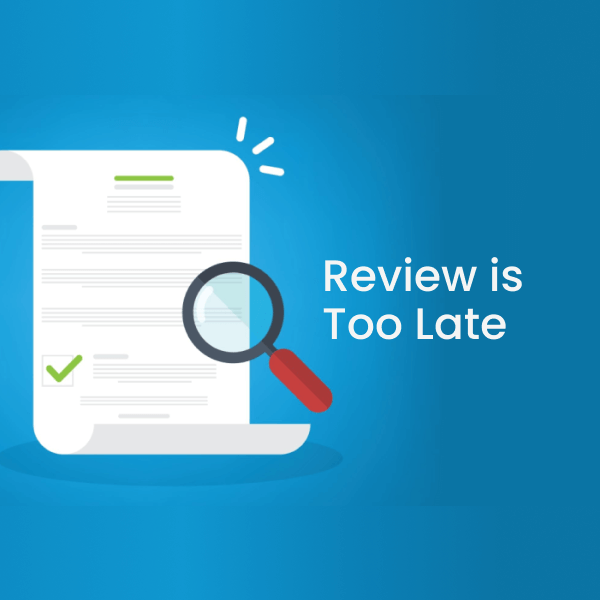What do you do when you receive a Freedom of Information Act request, when in litigation, or during a government investigation? How do you approach finding and compiling all the information needed to comply with these requests?
Multiple steps and processes must be followed to accurately find and retrieve relevant information from enterprise servers and archives. With the majority of information now virtually stored, it is crucial that organizations be able to quickly and reliably search the enterprise so that the case can be won or lost early. This complex and challenging process of discovering electronic data is known as Electronic Discovery or eDiscovery.
The key to effective eDiscovery is following and maximizing the Electronic Discovery Reference Model (EDRM). This model outlines the stages of the eDiscovery process and divides it into nine stages: information governance, identification, preservation, collection, processing, review, analysis, production, and presentation.
What is eDiscovery? The Stages of EDRM

Information Governance
You cannot search for information if you do not have it. That is why Information Governance solutions is so crucial for eDiscovery. Information governance (IG) is the process of managing all your enterprise data—knowing where your data is and how to control it—which helps in the identification, analysis, processing, and storage of data. Although eDiscovery is a part of IG and not the other way around, IG facilitates eDiscovery by keeping critical data and providing the technological capabilities required for the rest of the steps.
Identification
This stage is about identifying possible pieces of evidence and custodians and determining their relevance to the case. In the preliminary stages, this is typically done by conducting custodian interviews and sampling their data; however, modern methods allow users to search the whole enterprise from day one with relevant key-terms and custodians.
Preservation
Once relevant information is identified, its preservation becomes essential. This stage helps ensure that the identified data is protected against inappropriate alteration and destruction. Organizations do this by putting a legal hold on the information and custodians. Legal holds and other records management actions stop custodians from deleting or altering the information in question.
Collection
Now, it is time to collect the data you have identified and preserved and put it in a centralized location for the upcoming stages. Having all the case data in one place helps you see the broad picture and make smarter, data-driven decisions.
Processing
In this stage, you prepare and process the data for analysis and review. This is typically done by extracting files from their folders, removing irrelevant information, reducing the volume, and converting to specific file formats for a more convenient review and export.
Review
After processing the data, it is time to evaluate it for relevance. The goal here is to identify which pieces of evidence pertain to the case and which can be removed. Outside of relevancy, legal teams may also look for other reasons to filter data in or out, such as chain of custody considerations and attorney-client privileges. This is typically conducted with external legal teams and takes up the majority of the eDiscovery process, making it the most expensive stage. However, if you have completed the previous steps well and use superior eDiscovery software, review times can be dramatically reduced.
Analysis
Once the team has reviewed the data, it is time to analyze it further. This involves evaluating the content and context to find key patterns, topics, individuals, and discussions. It is worth noting that, while analysis is a separate step, every component of eDiscovery requires some sort of analysis.
Production
After completing your analysis, you will need to present the data as evidence in a deliverable format—in native or near-native form. In addition, when handing over the evidence, you have to prove chain of custody.
Presentation
With the rest of the process complete, all that is left is presenting it at trial, dispositions, hearings, or wherever else required by the case.
While we discussed the steps of eDiscovery as linear, in reality, they tend to be iterative. As you learn more information about a case you may have to go back and conduct new searchers to fill in the gaps. As cases are won or lost based on the evidence, it is crucial to get eDiscovery right—especially considering if you fail to produce all the evidence you automatically lose the case. To prevent this from happening information governance has to serve as the bedrock of your eDiscovery and compliance solutions, ensuring your data is accounted for, searchable, and accurate.



